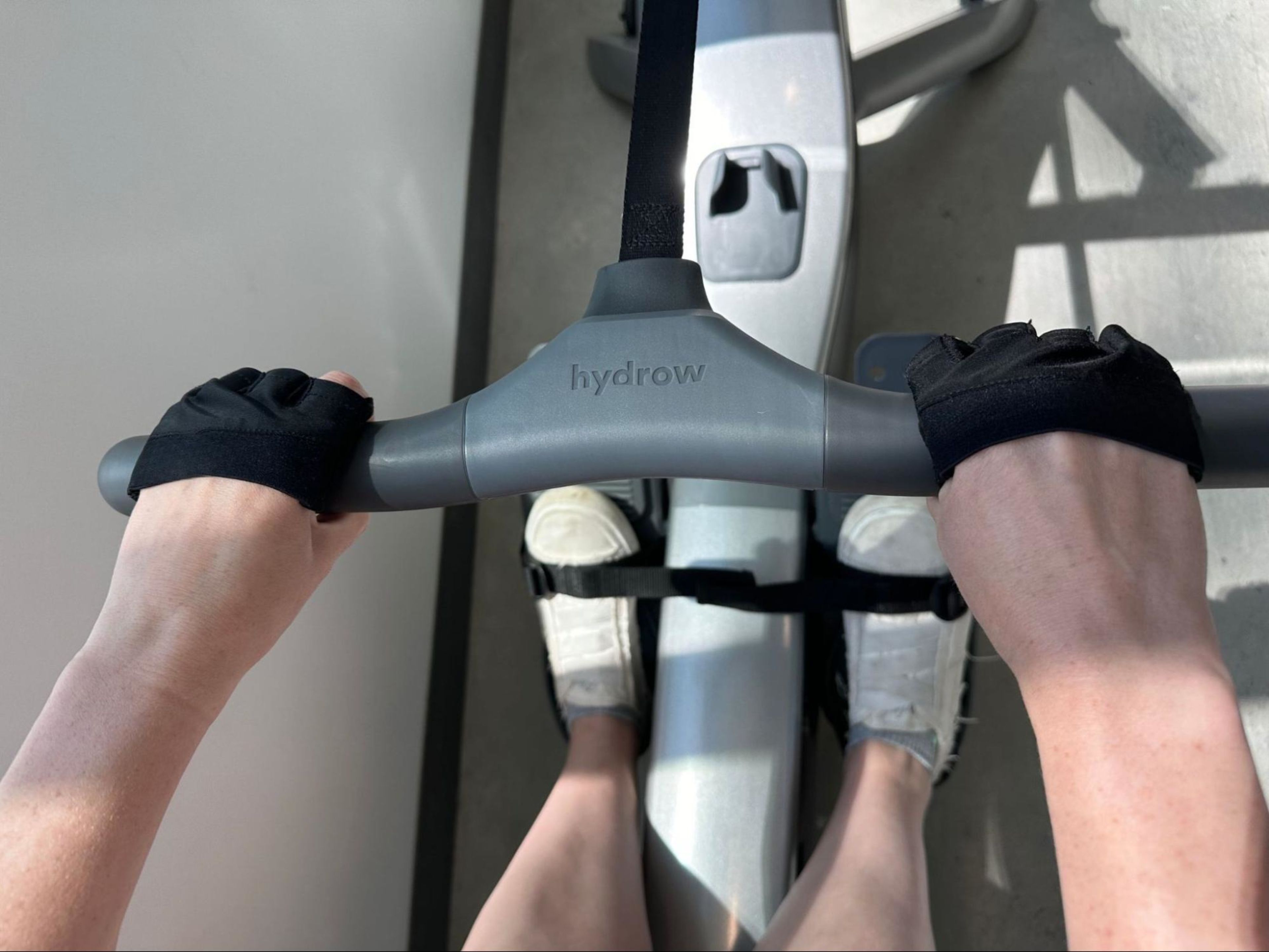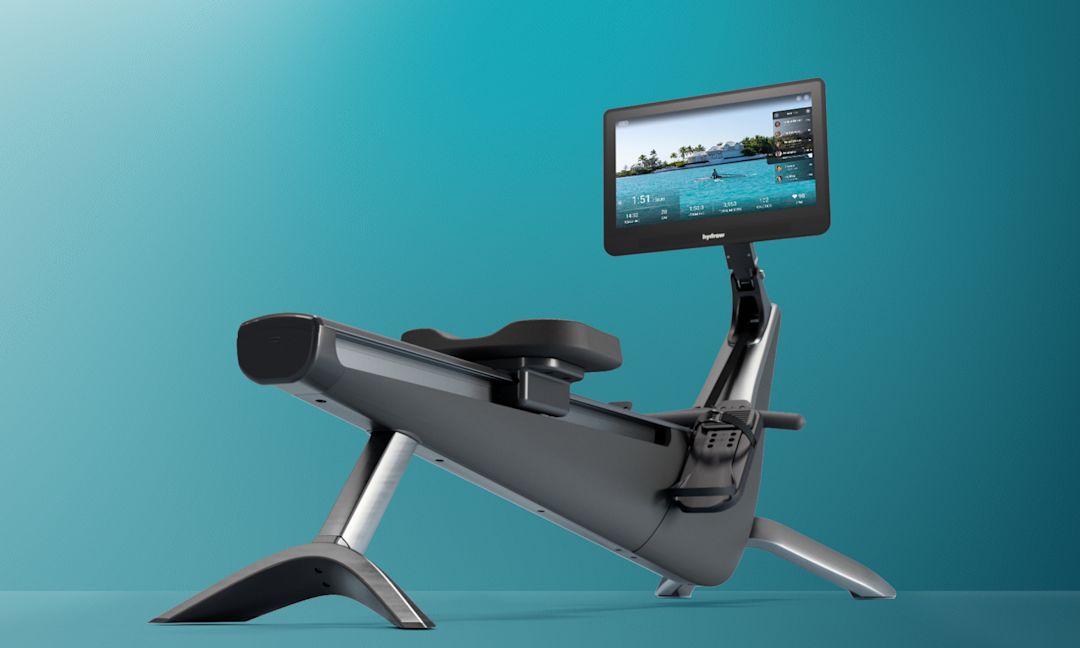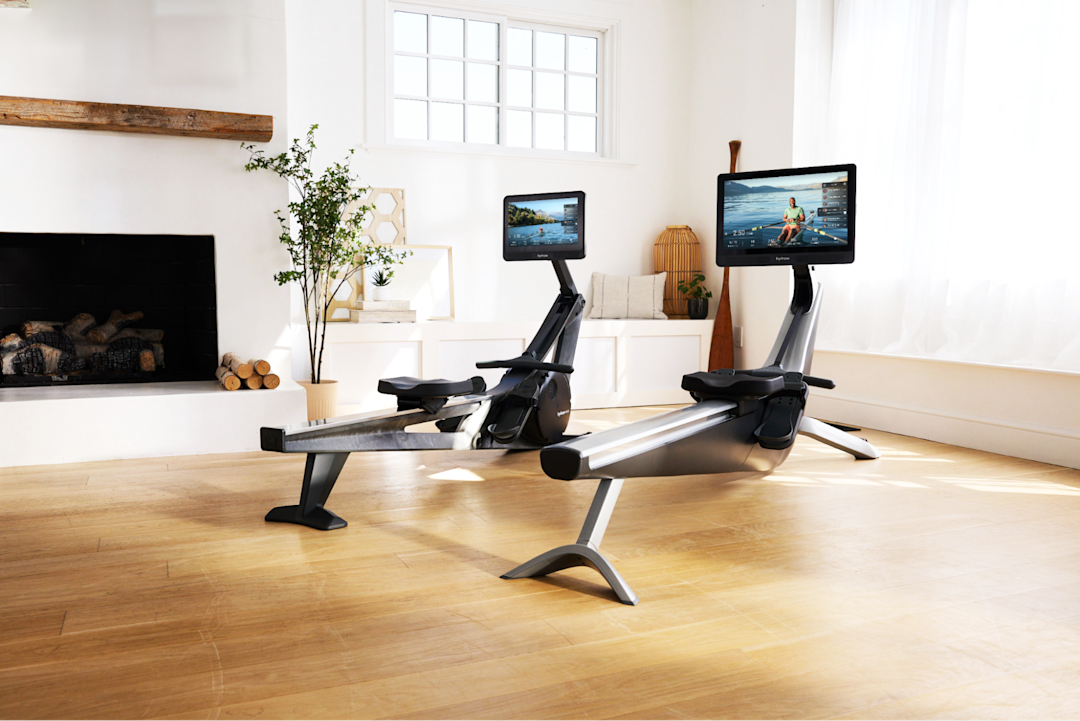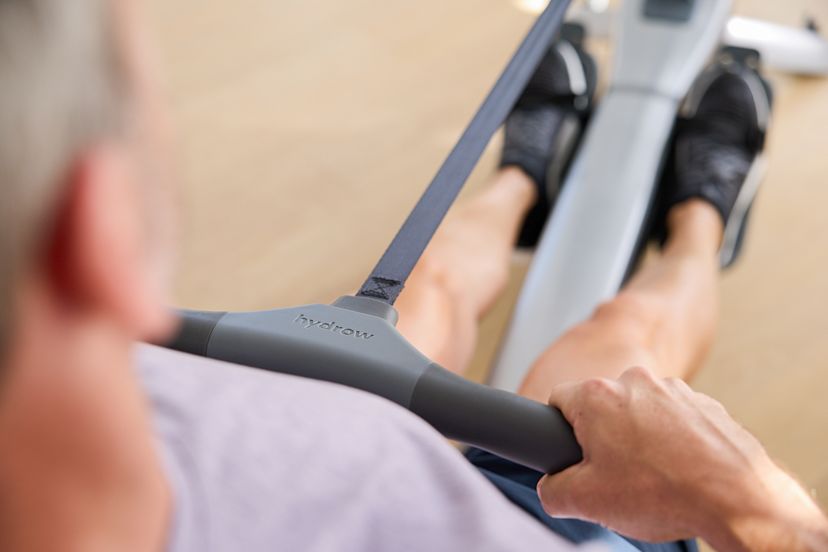Rowing Machine Gloves: What to Look For (And Are They Necessary?)

If you’ve recently started working out on an indoor rower, you’ve likely considered whether you need rowing machine gloves after the (almost inevitable) appearance of calluses on your hands. Sure, these are known as a rite of passage for rowers, but investing in a pair of rowing gloves can help minimize injury and make your rowing experience more comfortable.
In this blog, we will explore:
Let's dive in!
Why hand comfort is so important in rowing
As you row, you’ll likely find it difficult to ignore any pain or discomfort in your hands, as they play a vital role in gripping your handle as you move through each rowing stroke. If you’re finding that having exposed hands is making you feel uncomfortable, it can lead to rowing with incorrect form or even enhanced fatigue as you overcompensate with other parts of your body.
Being so focused on your own discomfort can also diminish the meditative aspect of rowing that so many people love. After all, if you are zeroed in on constantly adjusting your hands so you’re not pressing down on a burning callus, it’s hard to get into a groove and stay there.

Holiday savings are here
Bring home our award-winning rowers at the best prices of the year.
The benefits of using rowing machine gloves
Incorporating rowing machine gloves into your workout routine can significantly enhance your rowing experience by offering essential protection, improved grip, and overall comfort. Below, we’ll explore the key benefits of using rowing machine gloves, including:
Enhanced grip and control on your handle
Extra padding for shock absorption
Prevention of calluses and blisters
Improved ventilation
Wrist support
Improved hygiene
Protection for sensitive skin
Support for intense rowing sessions
Let’s dig in!
1. Enhanced grip and control on your handle
Rowing gloves are typically made from materials that provide a non-slip surface, such as rubberized textures, silicone grips, or specialized synthetic fabrics. These help your hands maintain a firm grip on the rowing handle, even when you’re sweating (and trust us—you will be sweating).
2. Extra padding for shock absorption
Many indoor rowing gloves come with padding in the palm and finger areas that helps you maintain a secure grip and cushions your hands against the hard surface of the rowing handle. This cushioning absorbs and disperses the impact forces that occur during each stroke, reducing the amount of shock that reaches your hands and joints.
3. Prevention of calluses and blisters
The primary cause of calluses and blisters is friction between your skin and the rowing handle. Gloves designed for rowing provide a smooth, protective layer that reduces this friction, minimizing the oh-so-annoying rubbing and chafing that can lead to skin irritation and blister formation.
The extra padding on these protective gloves also distributes the pressure of your rowing strokes more evenly across your hands, helping to prevent blisters and calluses.
4. Improved ventilation
High-quality rowing gloves often incorporate breathable materials or mesh panels to keep your hands cool and dry as you row. Sweaty hands can lead to a loss of grip, so good ventilation helps you maintain better control.

Wondering if a Hydrow rowing machine is right for you? Get answers in our FAQ guide.
5. Wrist support
Some gloves offer additional wrist support, which can help in maintaining proper form and control while rowing. This support can prevent your wrist from bending awkwardly, enhancing your overall grip on the handle.
6. Improved hygiene
Because rowing gloves act as a barrier between your hands and the rowing handle, they can help prevent the direct transfer of sweat, oils, and bacteria. This is particularly important if you’re using public rowers at a gym with shared equipment.
Additionally, by protecting your hands from blisters and calluses, wearing rowing gloves helps prevent open wounds that can be entry points for bacteria and infections.
7. Protection for sensitive skin
People with sensitive skin can particularly benefit from using rowing machine gloves. Sensitive skin is more prone to irritation from friction or moisture, both of which can be mitigated by using gloves. Rowing gloves can also serve as a barrier between rough or textured rowing machine handles, which can further irritate sensitive skin.
8. Support for intense rowing sessions
People looking to ramp up the intensity, frequency or duration of their rowing workouts can use rowing gloves to enhance their performance, comfort, and protection without having to worry about losing their grip, dealing with blisters and calluses, or suffering from hand fatigue.
By reducing the risk of hand injuries and discomfort, gloves also allow athletes to train consistently without interruption, which is crucial for mastering the techniques and building the endurance required for rowing.
The drawbacks of using rowing machine gloves
While there are a ton of perks of using workout gloves for rowing, they certainly aren’t for everyone. Some of the drawbacks of using rowing machine gloves include:
1. Potential loss of tactile feedback
Because gloves act as a barrier between your hands and rowing handle, they can diminish the tactile feedback you rely on for precise control and technique adjustment. This reduced sensitivity may affect your ability to detect subtle changes in your grip or hand position, potentially affecting your stroke efficiency and power transfer.
2. Reduced hand strength development
The barrier between your hands and rowing handle can also reduce the direct contact that’s needed to strengthen the muscles in your hands and fingers as you row. Your muscles may not be fully engaged, leading to slower development of hand strength.
Some rowing gloves may also restrict the natural movement of your fingers and hands, limiting the range of motion during the rowing stroke.
3. Need for finding the right fit and material
When buying rowing machine gloves, you may have to experiment with which materials and glove types feel the best for you. It can also take some time to get used to the feeling of rowing with gloves on.
Factors to consider when choosing rowing machine gloves
With so many types of gloves on the market, how do you decide which type of rowing glove is right for you? Here are some key factors to keep in mind when buying rowing gloves:
Material and breathability: The material of your gloves can affect your comfort level. Soft, flexible materials such as synthetic fabrics or leather can prevent chafing and irritation.
Padding and grip enhancement: Enhanced grip features, such as silicone or rubberized palms, improve traction and grip on the rowing handle.
Fit and sizing: Full-fingered gloves provide full coverage for your fingers, palms, and the backs of your hands, while fingerless gloves leave your fingertips exposed while covering your palms and the backs of your hands.
Durability and longevity: More durable rowing gloves may have a higher upfront cost, but they often provide better long-term value, as they last longer and require less frequent replacement. Higher-quality gloves are also more likely to maintain their grip, padding, and structural integrity over time.
Moisture-wicking and hygiene: Rowing gloves made with moisture-wicking materials can help keep your hands dry by quickly absorbing sweat, improving your hygiene and protecting your skin.
Rowing without gloves: Tips for staying comfortable
Despite the positives that rowing gloves can offer, you might just be one of those people who prefers to row with their bare hands—and that’s totally legit! If you do decide to row without gloves, use these tips to stay comfortable and safe:
1. Use proper grip technique to reduce friction
As you row, focus on maintaining a relaxed grip on the rowing handle. Gripping the handle too tightly with bare hands can increase friction and strain on the hands. Focusing on using proper rowing technique with a smooth and controlled stroke can also minimize unnecessary stress on your hands.
2. Maintain proper hand hygiene
Keep your hands clean and dry before you row to reduce the risk of blisters and irritation. It’s also recommended to wash your hands and apply moisturizer or hand cream after you row to keep your skin clean and hydrated.
3. Use grip-enhancing chalk or grip tape
If you struggle with grip or sweatiness, chalk or a grip aid such as tape can help you improve traction and your grip on the handle.
4. Monitor your hand comfort
Pay attention to how your hands feel during your rowing workouts. If you start to experience discomfort or hot spots, adjust your grip or take short breaks to rest your hands.
Using rowing machine gloves: Final thoughts
Ultimately, the decision about whether to wear gloves as you row is up to you. If you’re experiencing hand discomfort, calluses, or blisters, they’re definitely worth a try to see if they make your rowing experience more enjoyable and effective—but you can also easily row with bare hands without any trouble.
If you’re considering adding a rowing machine to your home, Hydrow brings more than just equipment—it brings total-body results and intelligent training.
Each stroke works 86% of your muscles, delivering an efficient, immersive workout—and with real-time feedback and personalized scores, Hydrow helps you help you row smarter, build strength, and stay motivated. Just 20 minutes a day is all it takes to move with purpose, boost energy, and see results that last.
Hydrow’s workouts are led by world-class and Olympic Athletes and filmed on real water in beautiful locations around the world. Whether you’re rowing or cross-training with yoga, Pilates, strength, mobility, or circuit workouts, you’ll find movement that motivates—and keeps you coming back.
Ready to train smarter? Explore what Hydrow can do for you.

Real strength keeps moving
Learn how working out with Hydrow can help support a fuller, more active life.



